In today’s digital age, where email communication is as ubiquitous as it is vital, the security of our inboxes has never been more critical. Every day, countless emails are exchanged, opening up numerous avenues for cyber threats such as phishing and email spoofing. It’s a concern that many of us, whether as individual users or businesses, grapple with constantly. Recent developments from internet giants Google and Yahoo have brought this issue into even sharper focus. Both companies have announced significant changes to their email authentication requirements – a move that’s set to redefine the landscape of email security as we know it.
With almost 10 years experience in IT and Cyber Security, I understand the importance of robust email security practices, not just for safeguarding data but also for maintaining the trust and integrity of digital communication. This article aims to delve into why these new changes by Google and Yahoo mark a pivotal moment for email authentication, particularly highlighting the increasing significance of DMARC (Domain-based Message Authentication, Reporting, and Conformance) reject policies. In a world where digital trust is paramount, adapting to these changes isn’t just recommended; it’s essential for the continued success and security of your email communications.
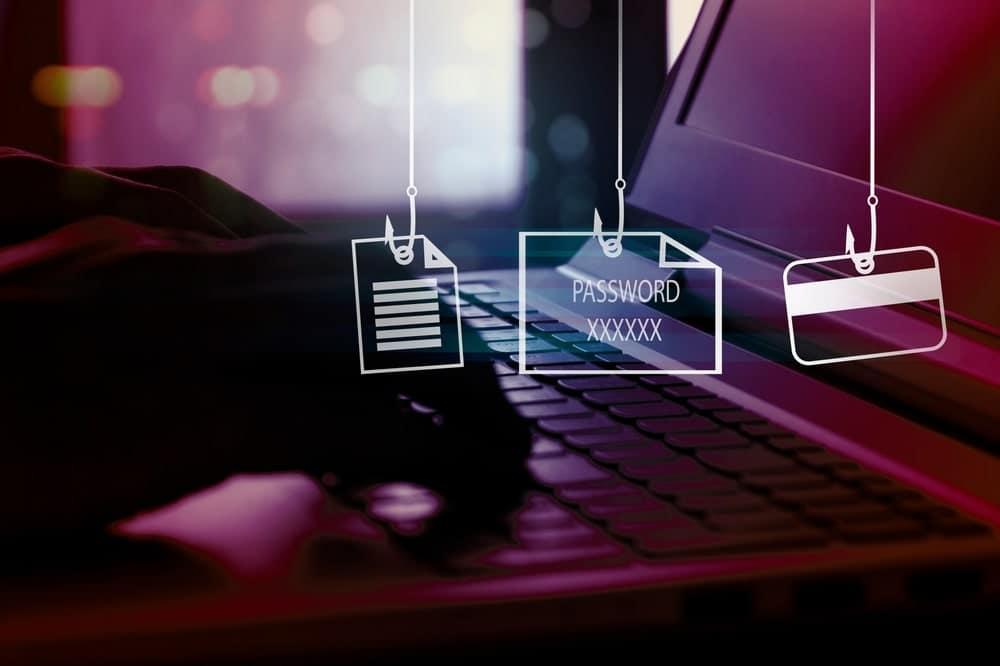
Background on Email Authentication
To fully grasp the significance of the recent announcements by Google and Yahoo, it’s essential to understand the foundations of email authentication. This technology is the cornerstone of trust in digital communication, ensuring that the emails we send and receive are legitimate and secure.
The Essence of Email Authentication
Email authentication is designed to verify that an email comes from who it claims to come from. This is crucial in an era where email spoofing – the creation of email messages with a forged sender address – is rampant. Effective email authentication helps to protect recipients from phishing attacks, spam, and other forms of email-based fraud.
- SPF (Sender Policy Framework): This method prevents unauthorised entities from sending emails on behalf of a domain. It checks if the sender’s IP is authorised by the domain’s SPF record.
- DKIM (DomainKeys Identified Mail): It adds an extra security layer by attaching a digital signature to emails, linked to the sender’s domain. This ensures email content remains unaltered during transit.
- DMARC (Domain-based Message Authentication, Reporting, and Conformance): DMARC integrates SPF and DKIM, ensuring emails align with the ‘From’ address domain and providing handling instructions for authentication failures.
Understanding these three key components of email authentication sets the stage for why the recent policy changes by Google and Yahoo are not just necessary, but a proactive step towards a more secure digital communication environment.
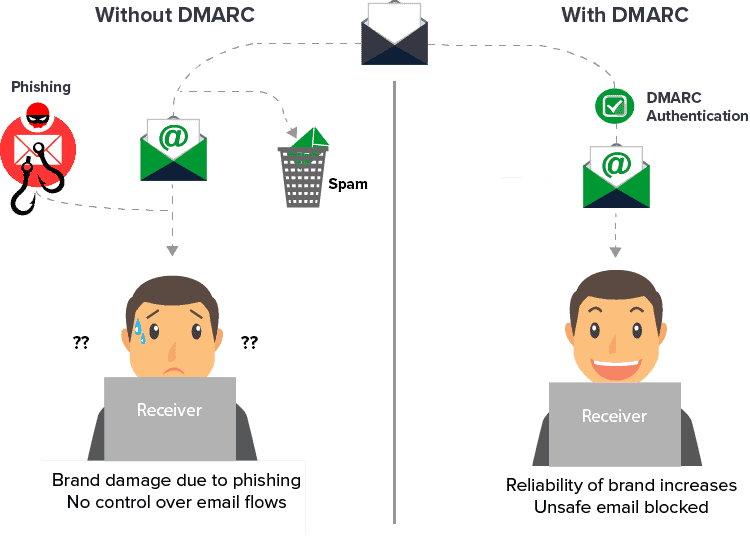
Google and Yahoo’s New Email Authentication Requirements
In a decisive move to enhance email security and integrity, Google and Yahoo have introduced new email authentication requirements. These changes are set to significantly impact how businesses handle email communications, especially those that rely heavily on email for customer engagement and marketing.
1. A Shift in Email Security Standards
Google’s update is a clear signal that the email security landscape is evolving. Starting February 2024, Gmail will mandate email authentication for all incoming messages. This means emails sent to Gmail accounts must pass certain authentication checks to be delivered successfully. For bulk senders – those dispatching over 5,000 emails daily to Gmail accounts – the requirements are more stringent. These include mandatory DMARC policy implementation, SPF and DKIM alignment, and providing an easy, one-click unsubscribe option for recipients.
Yahoo’s announcement mirrors this approach, requiring strong email authentication by early 2024. Their focus is on curtailing the flow of malicious messages and reducing inbox clutter from low-value emails. This shift represents a significant tightening of security measures, aiming to protect users from increasingly sophisticated email-based threats.
2. Understanding the Requirements
The requirements laid out by Google and Yahoo can be categorised into two groups, based on the volume of emails a sender dispatches daily.
For all senders:
- Email Authentication: This fundamental requirement involves setting up SPF and DKIM for your email domain. It’s a critical step in preventing domain spoofing, where attackers send emails pretending to be from a legitimate domain.
- Low SPAM Rates: Maintaining a spam complaint rate below 0.3% is now essential. Exceeding this limit could lead to emails being blocked or redirected to the SPAM folder.
For senders of more than 5,000 messages per day:
- SPF and DKIM Implementation: These senders must have SPF and DKIM authentication methods in place, ensuring that their emails are authenticated at a basic level.
- DMARC Policy Requirement: A DMARC policy must be published in the domain’s DNS records, helping to prevent email spoofing and phishing. This policy dictates how receiving servers should handle emails that fail SPF and DKIM checks.
- DMARC Alignment: It’s crucial that the sending domain aligns with the domain in the ‘From’ header of the email. This alignment is a key aspect of DMARC and helps in establishing domain legitimacy.
- One-Click Unsubscribe Feature: For subscription-based emails, an easily accessible and visible unsubscribe option is mandatory. This action must be executed within two days upon user request.
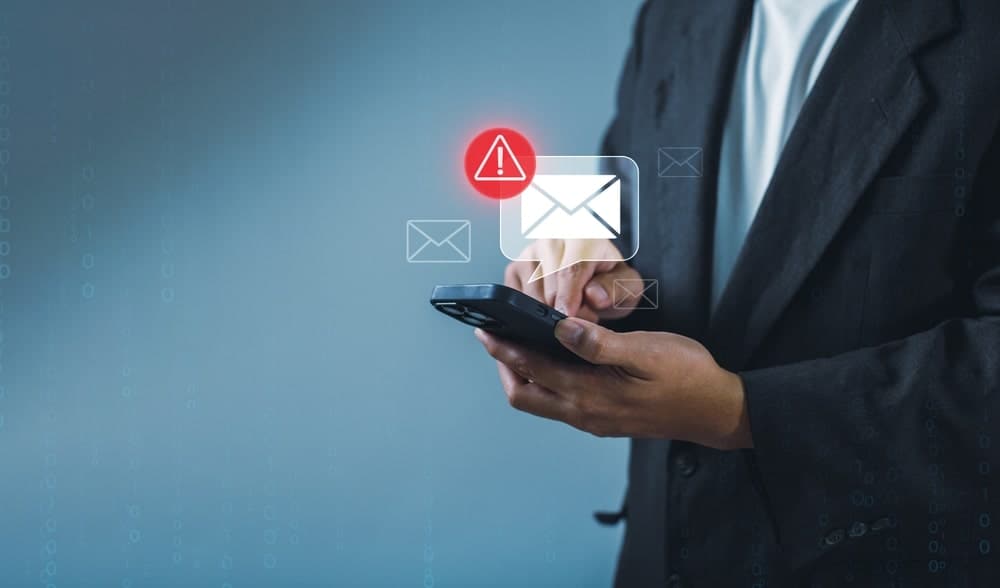
3. The Significance for Businesses
The introduction of these new requirements marks a pivotal shift in how businesses must approach email security and deliverability. It’s no longer sufficient to simply send out emails; the focus is now on sending secure, authenticated, and user-friendly communications. This change underscores the importance of adopting robust email authentication practices to ensure continued access to the inboxes of Gmail and Yahoo users.
By adhering to these new standards, businesses can not only comply with the requirements of major email service providers but also enhance the trust and security of their email communications, a crucial factor in maintaining customer engagement and trust in today’s digital landscape.
The Rising Importance of a DMARC Reject Policy
As the digital world grapples with sophisticated cyber threats, the DMARC (Domain-based Message Authentication, Reporting, and Conformance) reject policy emerges as a critical shield in the arsenal of email security. The new authentication requirements from Google and Yahoo underscore the growing importance of this policy, highlighting its role in safeguarding email communication channels.
1. DMARC Reject: The Email Security Gatekeeper
Imagine your email domain as a fortified castle. SPF and DKIM are like the castle walls and moat, providing the first line of defense against invaders (spammers and phishers). However, without a gatekeeper, these defenses might still be breached. This is where the DMARC reject policy comes in – it acts as the vigilant gatekeeper, deciding which emails are allowed to pass through the gates (reach the recipient’s inbox) and which are turned away (rejected or marked as spam).
2. Why DMARC Reject is More Crucial Than Ever
With the evolving email authentication landscape, DMARC reject is moving from being a best practice to a necessity. It serves several vital functions:
- Enhanced Email Integrity: DMARC ensures that an email not only comes from an authorised domain (as verified by SPF and DKIM) but also aligns with the visible ‘From’ address, preventing domain impersonation.
- Clear Policy Instructions: DMARC reject provides explicit instructions to receiving mail servers about how to handle emails that fail SPF and DKIM checks, thereby reducing the likelihood of successful phishing attacks.
- Feedback Mechanism: It allows domain owners to receive reports on email delivery, enabling them to monitor and refine their email authentication strategies.
3. Business Implications
Without DMARC reject, businesses risk their emails being seen as untrustworthy, affecting deliverability and customer trust. Implementing this policy is now a strategic necessity for email integrity and reputation.
4. Adopting DMARC Reject
Businesses should methodically adopt DMARC reject, starting with SPF and DKIM setup, then moving from DMARC ‘none’ to ‘quarantine’, and finally to ‘reject’. This transition is vital as email authentication standards evolve, ensuring emails are not only sent but also trusted and received.
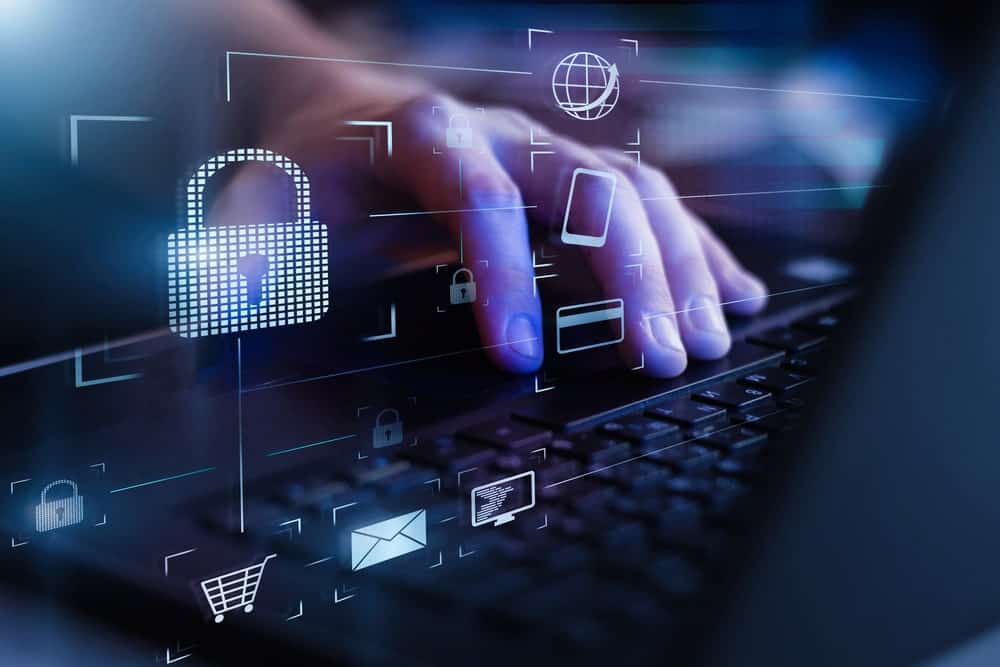
Challenges and Considerations for Businesses
Adapting to Google and Yahoo’s new email authentication standards presents challenges for businesses, requiring strategic planning and understanding for compliance and effective customer communication.
Key Challenges:
- Technical Complexity: Implementing SPF, DKIM, and DMARC involves technical intricacies and ongoing maintenance, demanding significant time and IT resources, especially for small and medium-sized businesses.
- Security vs. Deliverability: A major challenge is ensuring legitimate emails aren’t wrongly marked as spam while implementing DMARC reject, crucial for maintaining customer communication and business operations.
- Evolving Standards: Keeping up with the dynamic email security landscape requires continuous updates and compliance efforts.
- Non-Compliance Risks: Failing to meet new standards can lead to increased spam labeling or email rejection, damaging reputation and customer engagement.
- Educational Needs: Educating staff and customers about these changes is vital to manage expectations and avoid confusion.
- Transition Planning: Implementing a full DMARC reject policy should be a gradual and monitored process, involving detailed analysis of email flows and authentication effectiveness.
Despite these challenges, embracing stricter email authentication protocols is essential for securing digital communication and maintaining trust. Businesses must seek expertise and adopt a calculated approach to align their email practices with these evolving standards.
Action Steps for Compliance
To meet Google and Yahoo’s new email security requirements, businesses must adopt a proactive and strategic approach, enhancing both compliance and the effectiveness of their email communications.
Action Steps for Compliance:
- Assess Email Authentication: Audit existing setups for SPF, DKIM, and DMARC, identifying any gaps or areas for improvement.
- Implement or Strengthen SPF and DKIM: Ensure your domain has an accurate SPF record and configure DKIM with a secure key pair to authenticate outgoing emails.
- Gradual DMARC Implementation: Start with a DMARC policy of ‘none’ for monitoring, then progress to ‘quarantine’, and finally ‘reject’ to balance security with deliverability.
- Regular Monitoring and Adjustment: Continuously review DMARC reports, adjusting settings to maintain compliance and effective email delivery.
- Educate Your Team: Train staff in email management and security changes, developing best practices in line with new standards.
- Stay Informed and Consult Experts: Keep abreast of updates in email authentication and seek specialist advice for optimal setup and maintenance.
Through these steps, businesses can successfully navigate the evolving landscape of email security, ensuring robust protection for their digital communications.
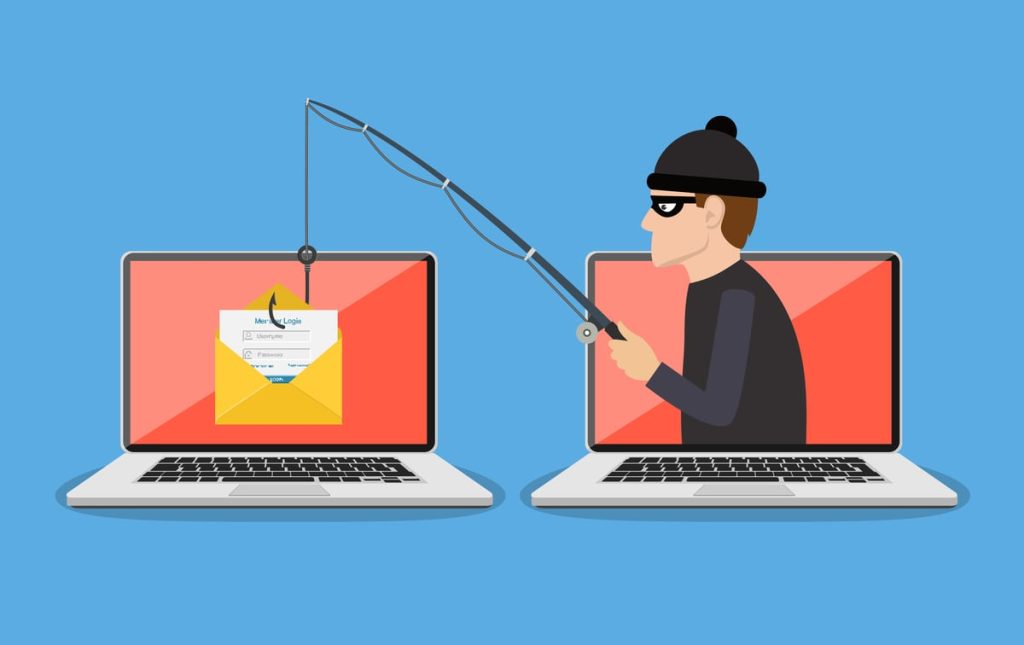
Conclusion
The recent email authentication updates from Google and Yahoo mark a crucial advancement in combating email fraud and phishing. These are not mere technicalities but essential changes for businesses to secure and legitimise their email communications. Embracing stricter standards, like DMARC reject policies, is key to protecting the integrity of email communication in a digital age where security is constantly challenged.
This adaptation goes beyond compliance; it’s about safeguarding a brand’s reputation, maintaining customer trust, and ensuring secure digital interactions.
JS Website Design is dedicated to assisting businesses through this transition, ensuring their email systems are both compliant and effective. As the digital landscape evolves, these changes present an opportunity to strengthen digital security and communication reliability.
Take the Next Step: Secure Your Email Strategy with JS Website Design
As we close this discussion on the vital importance of adhering to the new email authentication standards set by Google and Yahoo, it’s clear that action is needed. The journey to a more secure email environment is not just a technical challenge; it’s a critical business imperative.
If you’re feeling overwhelmed by the complexities of SPF, DKIM, and DMARC, or if you’re unsure how to begin adapting your email systems to these new standards, you’re not alone.
Contact us today to schedule a consultation. Let us help you elevate your email security game, comply with the latest standards, and secure the trust of your customers and partners in your digital communications.
At JS Website Design, we’re more than just a service provider; we’re your partner in navigating the ever-changing landscape of digital communication. Together, we can ensure that your emails not only reach their destination but also uphold the highest standards of security and integrity.

Jordan Sidhom
Jordan Sidhom is a seasoned web design and SEO specialist with a decade of experience in IT and Cyber Security. He has played a key role in implementing DMARC in one of Australia’s largest companies, Jordan combines technical expertise with a passion for enhancing digital safety. He is committed to empowering small businesses and the community, advocating that robust Cyber Security measures are not only essential but achievable for all.






